We are pivoting, again.
Pivot? I keep hearing this word, and the famous phrase from The Princess Bride keeps running through my head: “You keep using that word. I do not think it means what you think it means.”
In the dictionary, pivot (v.) means to turn in place, as if on a point. Synonyms include rotate, revolve, and swivel. I get it, because what it means in a staff meeting is that yesterday may have been an in-person hybrid day, but now we are pivoting to fully remote teaching temporarily, due to a rise in cases of Covid-19 in our district. We are swiveling, changing direction, quickly without pause. We have done it three times this year, and it looks like we need to be prepared to pivot in the future. This is the new normal in education, shifting to meet the immediate needs of our students. Not a bad thing, in general.
However, I don’t want to merely pivot, at least the swivel variety of pivot. In business, a pivot is a true change of course. The product is not selling, so change the product or get a new one to sell. I’m feeling more like that. Students are failing in record numbers. Teachers and students are struggling with engagement and isolation. Not only is this a problem in itself, but it has also revealed and highlighted some troubling pre-existing conditions in education. (There are many, so I will leave you to imagine your favorites.)
Continue reading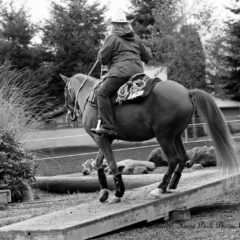
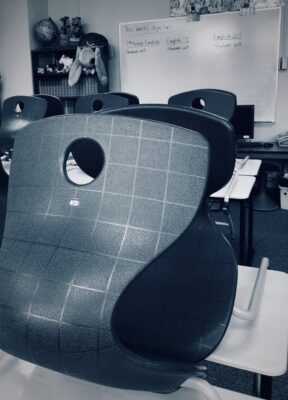
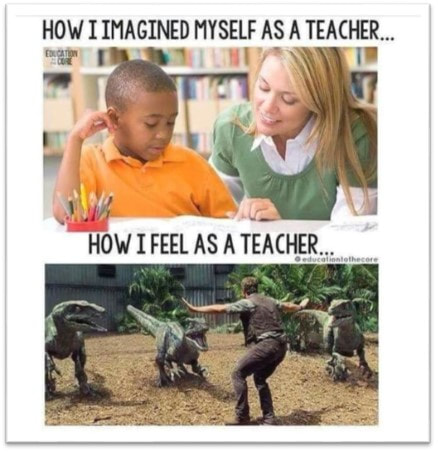
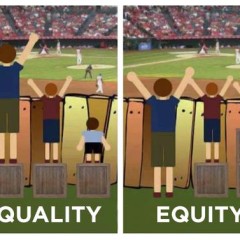
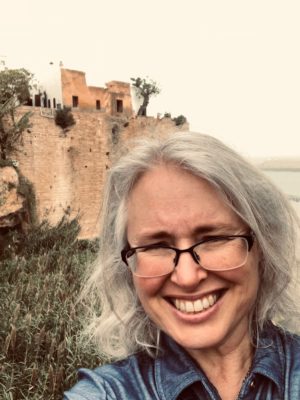
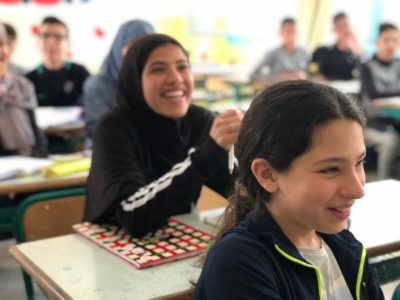
 On May 9th, Governor Inslee signed a
On May 9th, Governor Inslee signed a  We use a variety of terms to describe geographic areas in our school community. Upriver is a pretty common term used to describe the area due east of our community that parallels the Lewis River. I first heard this term when I started teaching in the district. When we received our first yearly snow, I was told that the kids who live upriver needed to go home. I didn’t really understand but later, during the summer, I went hiking and discovered that upriver includes a significant elevation gain that approaches the Gifford Pinchot National Forest and Mt. St. Helens. The bottoms is another area I’ve often heard students reference. I really had no sense of where that was nor did I ever find myself in a position to go explore the area. I’d ask and folks would point in a direction but it never made much sense to me. There was talk amongst staff that students would go hang out by the bottoms. I also knew that some of my students lived over there (wherever it was). I came to learn that this area is close to the Columbia River. There are a few parks down there and a road that runs along it that seems a bit too narrow for driving high speeds. It’s also host to some local farms and farm families.
We use a variety of terms to describe geographic areas in our school community. Upriver is a pretty common term used to describe the area due east of our community that parallels the Lewis River. I first heard this term when I started teaching in the district. When we received our first yearly snow, I was told that the kids who live upriver needed to go home. I didn’t really understand but later, during the summer, I went hiking and discovered that upriver includes a significant elevation gain that approaches the Gifford Pinchot National Forest and Mt. St. Helens. The bottoms is another area I’ve often heard students reference. I really had no sense of where that was nor did I ever find myself in a position to go explore the area. I’d ask and folks would point in a direction but it never made much sense to me. There was talk amongst staff that students would go hang out by the bottoms. I also knew that some of my students lived over there (wherever it was). I came to learn that this area is close to the Columbia River. There are a few parks down there and a road that runs along it that seems a bit too narrow for driving high speeds. It’s also host to some local farms and farm families.  The new year is upon us, happening too fast, as usual. Just as we get used to the schedule of a Winter Break, we are trying to get a mountain of tasks done before school starts up in a few short days. Where does the time go?
The new year is upon us, happening too fast, as usual. Just as we get used to the schedule of a Winter Break, we are trying to get a mountain of tasks done before school starts up in a few short days. Where does the time go? As I write this, my home is filled with the savory aroma of black-eyed peas, collard greens, and pork. It’s a tradition in our family, and in many places around the country, to eat black-eyed peas on New Year’s. It’s for luck and prosperity in the new year.
As I write this, my home is filled with the savory aroma of black-eyed peas, collard greens, and pork. It’s a tradition in our family, and in many places around the country, to eat black-eyed peas on New Year’s. It’s for luck and prosperity in the new year.